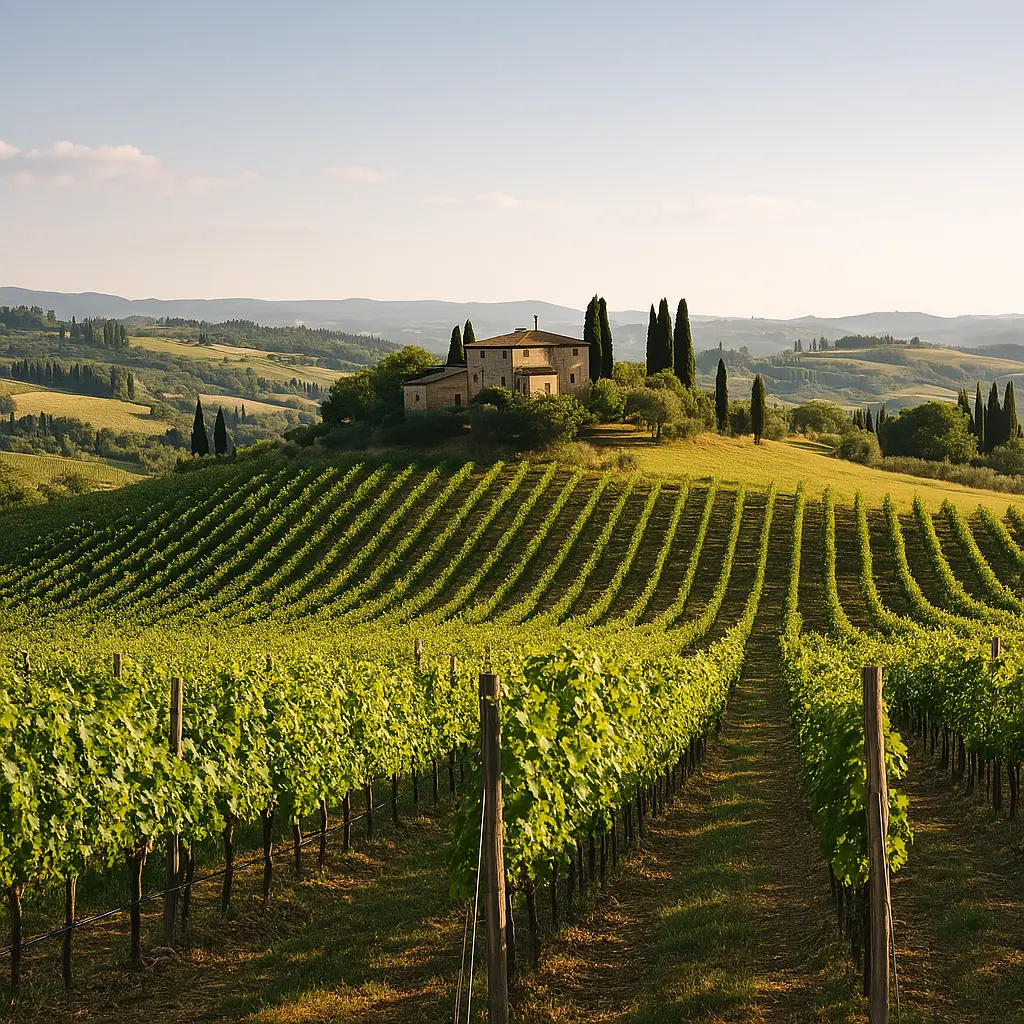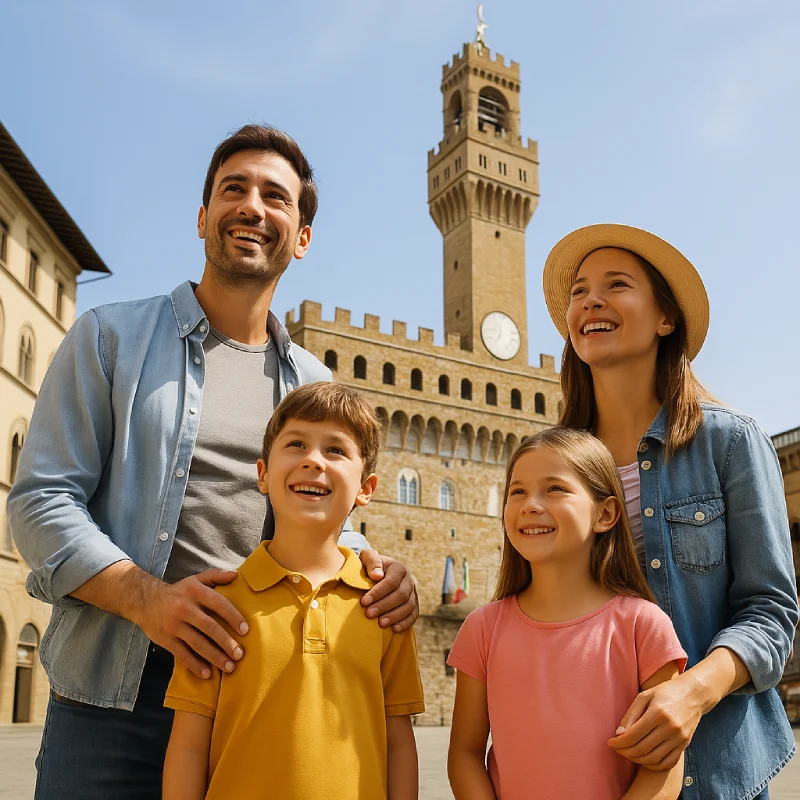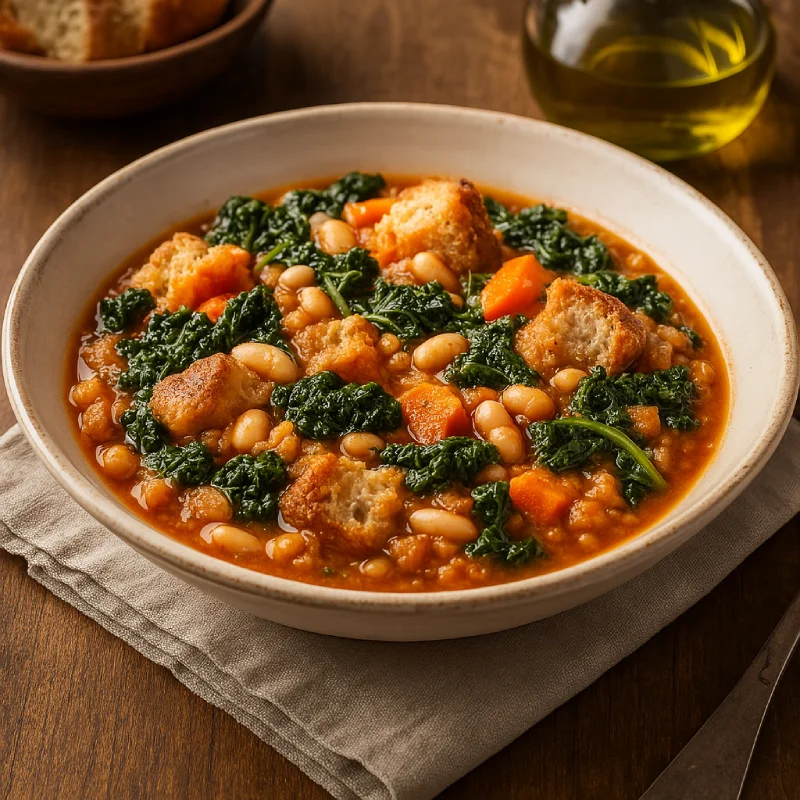Tuscany is a land of golden hills, medieval villages, cypress-lined roads, and spectacular sunsets. But above all, it is one of the most prestigious wine regions in the world. In this article, we take you on a Tuscany wine tour through its most authentic wineries—places where winemaking is still a craft, where local producers passionately preserve traditions, and where each tasting becomes a story. You’ll find much more than wine: breathtaking landscapes, centuries-old estates, and practical tips for planning an unforgettable wine experience.
The Main Wine Regions in Tuscany
1. Chianti Classico
The beating heart of Tuscan wine production. Between Florence and Siena lies the Chianti Classico region, a DOCG area marked by the Black Rooster (Gallo Nero) symbol.
Key wines: Chianti Classico DOCG, Riserva, Gran Selezione
Main grape: Sangiovese
Authentic wineries to visit:
- Castello di Ama (Gaiole in Chianti): known for contemporary art and fine wines.
- Fattoria di Montagliari (Panzano): small family-run estate with amazing vinsanto.
- Montefioralle Winery: one of the smallest in the area, with spectacular views and warm hospitality.
Tip: Visit in spring or September to see the vineyards in full bloom.
2. Montalcino
South of Siena, Montalcino is the land of Brunello di Montalcino, one of Italy’s most iconic and age-worthy wines.
Grape: Sangiovese Grosso (locally known as Brunello)
Authentic wineries to visit:
- Caparzo: historic estate with elegant wines and good value.
- Poggio Antico: scenic location with detailed, curated tours.
- Le Ragnaie: small plots, organic farming, and refined style.
Recommended experience: vertical tastings and cellar tours.
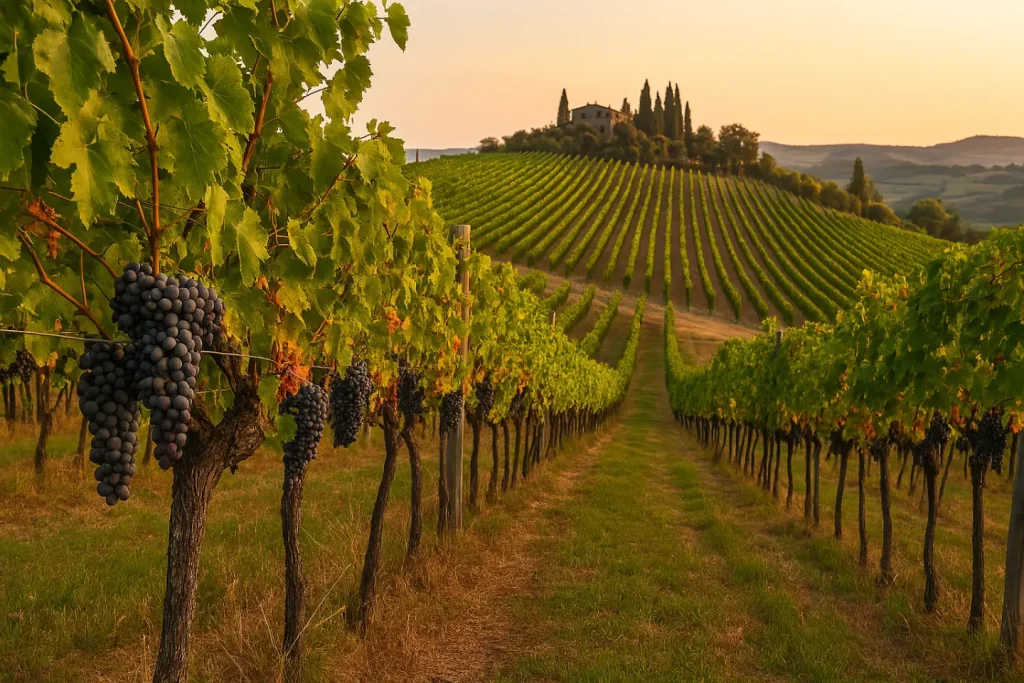
3. Montepulciano
Home of the Vino Nobile di Montepulciano, made from Prugnolo Gentile, a local clone of Sangiovese.
Must-visit wineries:
- Cantina Contucci: in the heart of town, rich in history.
- Avignonesi: certified organic with a beautiful estate and educational experiences.
- Boscarelli: family-run, authentic, and full of personality.
Extra: many wineries offer cooking classes and vineyard lunches.
4. Bolgheri & the Tuscan Coast
Home of the Super Tuscans, bold wines that broke tradition and earned global fame.
Main grapes: Cabernet Sauvignon, Merlot, Syrah
Iconic and authentic wineries:
- Tenuta San Guido: birthplace of the legendary Sassicaia.
- Le Macchiole: modern, expressive wines.
- Guado al Melo: family-run with a wine museum on site.
Unique scenery: a blend of sea, vineyards, and the famous cypress-lined Viale dei Cipressi.
5. Carmignano & the Prato Hills
One of Italy’s oldest wine designations, favored by the Medici family.
Grapes: Sangiovese, Cabernet, Canaiolo
Authentic wineries:
- Tenuta di Artimino: historic estate with a UNESCO Medici villa.
- Capezzana: among the oldest continuously operating wineries in Italy.
Ideal for: combining wine with art and off-the-beaten-path locations.
6. San Gimignano
Known for its medieval towers—and its white wine, Vernaccia di San Gimignano, a rare Tuscan DOCG white.
Authentic wineries to try:
- Panizzi: a pioneer of high-quality Vernaccia.
- Tenuta Le Calcinaie: organic, small-scale, and detail-focused.
- La Lastra: family-run, within walking distance of the old town walls.
Best pairing: Vernaccia with fish or vegetable-based Tuscan dishes.
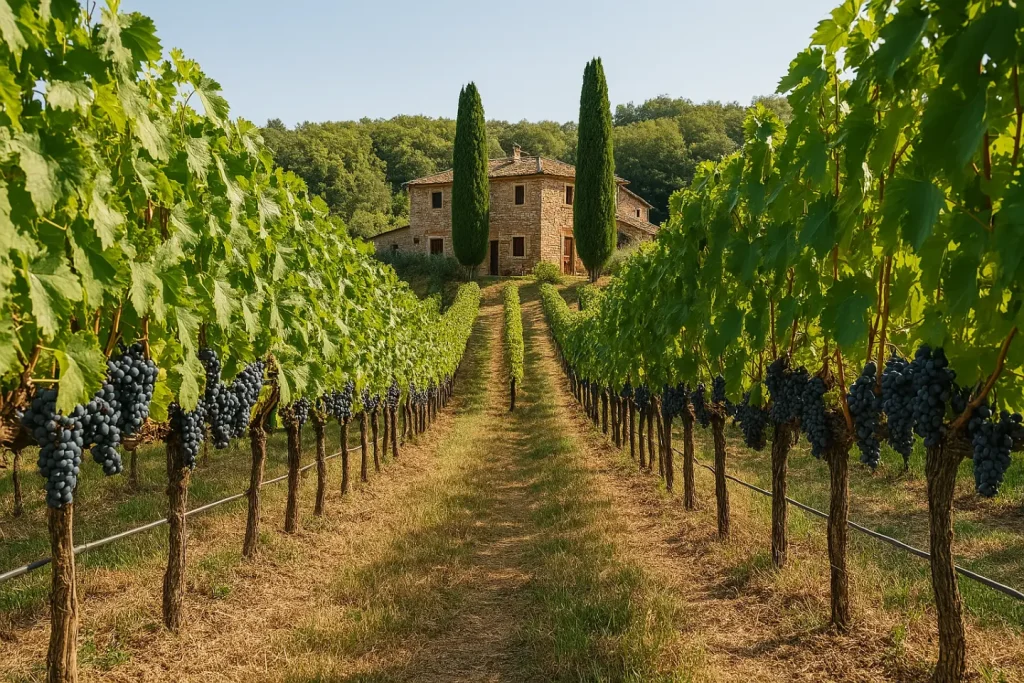
Tips for Planning a Tuscany Wine Tour
1. Hire a private driver or guide (NCC)
To fully enjoy tastings without worrying about driving, rely on a professional driver. It’s safer, more relaxed, and more flexible.
2. Always book in advance
Authentic wineries often require reservations, especially during peak season.
3. Be curious
The stories behind the bottles make the experience. Ask questions, take your time, and savor every sip.
4. Go beyond the tasting
Many wineries offer extras like vineyard picnics, cooking classes, dinners among the vines, and harvest tours.
5. Best times to go
- Spring (April–June): vineyards in bloom and perfect weather.
- September–October: harvest season, autumn colors, and intense aromas in the cellars.
Enjoy Your Wine Tour with Tuscany Private Tours
Want to experience the best of Tuscan wine without the hassle? With Tuscany Private Tours, the personalized guide and private driver service led by Maurizio Bellini, you can:
- Create a wine itinerary tailored to your tastes
- Visit both historic estates and hidden gems
- Travel comfortably and safely with a private chauffeur
- Learn the real stories behind every bottle you taste
Plan your wine adventure at tuscanyprivatetours.net and raise a glass to the most authentic Tuscany.

